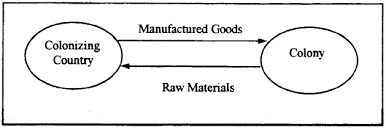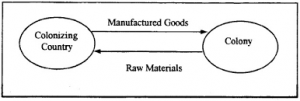Mercantilism was an economic theory practiced from the 16th to 18th century. Mercantilism was extremely popular in Europe. It promoted governmental regulation of a nation’s economy. The main goal of this theory was to increase exports and discourage imports. High tariffs were imposed in order to decrease imports. It believed that increased exports will help a nation to prosper. It also believed that “bullions” (precious metals like gold and silver) are vital to a nation’s economy.
It a country had more bullions than another, it was better off. Mercantilism stressed on maximising exports and minimising imports, so that the country can increase its bullion stock. Mercantilism also promoted domestic employment. According to this theory, a strong and prosperous nation was to have a large population. It believed that the large population would provide the country with a regular supply of labour. The basic premise of this theory was that wealth is finite. If a country wanted to grow richer, it had to do so at the expense of other nation. This encouraged colonial expansion.
A number of scholars criticised mercantilism, like Adam Smith, David Hume, Dudley North and John Locke. Mercantilism was eventually removed during the 18th century. During 19th century, Adam Smith’s laissez-faire replaced mercantilism.
Click here for government certification in Accounting, Banking & Finance





6 Comments. Leave new
Good effort!
Nice article
Nice work..
Historical economic theories’ failure brought about the better off changes in the present day theories. Good job.
Good one
Its says constent check has been there on the the same 😀 like the better will also be replaced by the best one day 😀
The norms and all taken at that time was updated after sometime even that also will be updated 😀
GOod work 😀
i didnt know about mercantilism 😀
the blog helped me in finding out that 😀